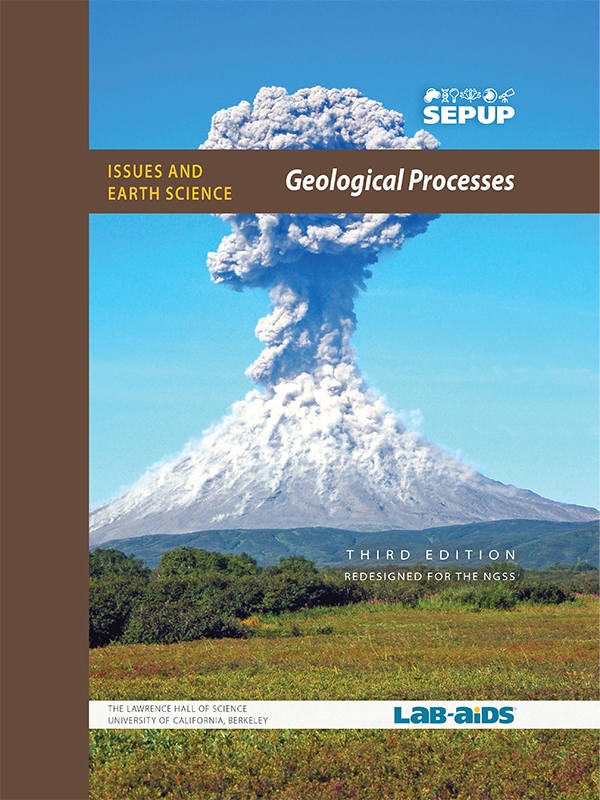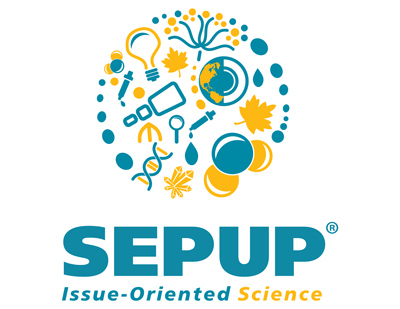Geological Processes: Student Links

Student Links
Science as a Human Endeavor
To learn more about the interests and accomplishments of diverse scientists and engineers, and how people with varied backgrounds contribute to and depend on the advancement of science and technology, visit the links below.
Geology
Victoria J. Orphan
Orphan studies microorganisms that consume methane on the ocean floor, bridging the Ecology and Geological Processes Units. Her work is helping to show how microbes can play a role in sequestering greenhouse gases.
Lisa D. White
White is a paleontologist and former professor of geology. She now directs educational programs for a museum, with one of her goals being to increase the representation of minorities in the geosciences. Her work bridges Geology and Evolution.
Lucy Jones
Jones is a seismologist who uses data on foreshocks to predict the likelihood of an earthquake following a temblor. This research has led to 11 earthqauake advisories in California since 1985.
Amy Williams
Williams worked on Curiosity mission to Mars to search for evidence of microbial life in the rock record.
Rosaly Lopes
Dr. Lopes is currently a member of the Cassini Flight Project. She is studying the geology of Titan, Saturn’s largest moon, particularly its strange ice volcanoes.
Marie Tharp
Tharp helped create the first map of Atlantic Ocean floor.
Activity 1
Storing Nuclear Waste
Yucca Mountain Repository
In 1987, the U.S. government selected Yucca Mountain in southern Nevada as an underground storage site for nuclear waste. However, in 2011, government officials decided not to build there. Visit this site to learn more about long-term storage of nuclear waste at Yucca Mountain.
Activity 3
Modeling Landslides
Video of Modeling Landslides
This video from NOVA, provided via the PBS LearningMedia website, shows how scientists develop and use models to learn more about landslides. You may be required to create a free account on PBS LearningMedia to access this video.
Extension: Preparing for Landslides
Visit this link to learn how to be prepared for a landslide.
Activity 6
Mapping Locations of Earthquakes and Volcanoes
Mapping Location Data
Follow this link to complete the activity as described in the Student Book. The earthquake data set is modified from the USGS earthquake database. It contains significant (6.5+magnitude earthquakes) from 1998–2018. The volcano data set includes shield volcanoes, stratovolcanoes, and cinder cone volcanoes from NOAA Volcano Locations database.
Helpful hints for using CODAP
If your teacher instructs you to, click this link to view: This Dynamic Planet: World Map of Volcanoes, Earthquakes, Impact Craters, and Plate Tectonics.
Extension: NOAA Natural Hazards Viewer
Explore the NOAA natural hazards viewer to learn about the natural hazards associated with earthquakes and volcanoes.
Latest Earthquakes
This website shows the locations and magnitudes of the latest earthquakes magnitude 2.5 or greater that have occurred worldwide.
Activity 7
Observing Earth’s Moving Surface
UNAVCO Instructions
Instructions for accessing GPS time-series plots on the UNAVCO website.
Activity 8
Beneath Earth’s Surface
Extension 1: Seismic Waves Viewer
Use this link to learn more about how seismic waves interact with the layers of the Earth. Be sure to check out the Animations tab.
Extension 2: Inge Lehmann: Discoverer of Earth’s Inner Core
Learn about Inge Lehmann, an important geologist who used seismic-wave data to figure out that the Earth’s inner core is solid.
Activity 9
Modeling Earthquakes
Introduction to Faults
Learn more about what a fault is.
Berkeley Seismo Lab: Hayward Fault System
Learn more about California’s Hayward fault.
USGS Hayward Fault EQ scenarios
Learn more about what might happen along the Hayward fault in different Earthquake scenarios.
USGS Information about faults in the Bay Area of California
Learn more about earthquakes and faults in California.
Activity 10
Plate Boundaries
Plate Motion Simulation
Use this simulation to complete Activity 10. Observe the movement of convergent, divergent, and transform plate boundaries over periods of time from 10 years to 20 million years.
Activity 12
The Continent Puzzle
Predicting Plate Movements
Use this link to learn what scientists predict about future plate movements. How will Earth’s surface be different in the future?
Satellite Data on Plate Movement
Examine a world map showing plate movement based on satellite data. You can then scroll down to the index map to select a region of the world and see vectors showing the direction and magnitude of movement. Site developed by NASA’s Space Geodesy Laboratory.
Activity 13
The Theory of Plate Tectonics
Video: Wegener’s Development of Continental Drift
This video segment chronicles the Alfred Wegener’s development of the theory of continental drift and is from WGBH, provided via the PBS LearningMedia website. You may be required to create a free account on PBS LearningMedia to access this video.
Video: Theory of Plate Tectonics
Using evidence from Alfred Wegener’s theory of continental drift, this video from WGBH, provided via the PBS LearningMedia website, details the evidence that supported the theory of plate tectonics. You may be required to create a free account on PBS LearningMedia to access this video.
Theory of Plate Tectonics
Learn more about the theory of plate tectonics.
Activity 14
What Makes the Plates Move?
Video: What Are the Forces that Drive Plate Tectonics?
An article and video that discuss how the transfer of thermal energy and gravity are important factors in plate motion.
Activity 17
Enough Resources for All?
Global Water, Sanitation, and Hygiene
Health Topic: Water
Water, Sanitation, and Hygiene
Use the links to begin your research to discover where lack of access to drinking water and sanitation have the biggest impacts. What are the impacts? What is already being done, and what more can be done?

